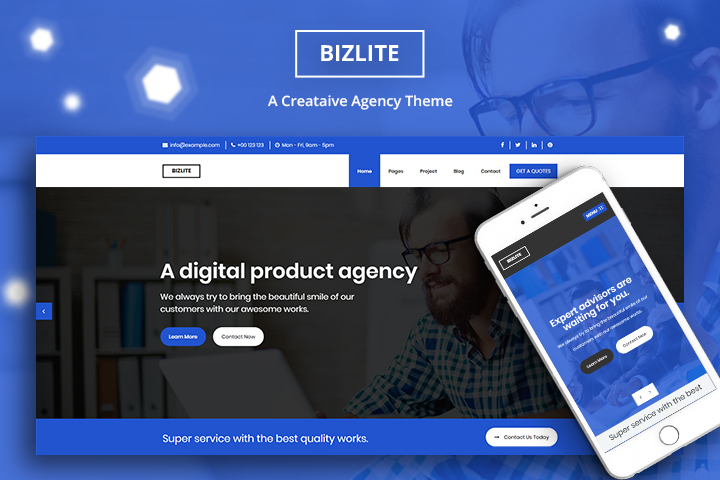More Than Aesthetics: Why Supplier Management Should Be Part of Your Business Toolkit
in Business on July 29, 2025In the business landscape, companies are under increasing pressure to operate efficiently, remain compliant, and deliver value. While flashy branding and sleek products often steal the spotlight, the systems behind the scenes are what truly sustain long-term success. One such essential, yet usually overlooked, system is supplier management. This foundational aspect of operations goes beyond logistics or procurement; it is a strategic tool that can drive growth, innovation, and resilience.

The Real Cost of Poor Supplier Management
Many businesses underestimate the impact that ineffective supplier management can have. From delivery delays and quality control issues to reputational damage and regulatory violations, a weak supplier relationship can affect more than just the supply chain. Poor oversight increases the risk of financial penalties and operational disruption. In industries like healthcare, construction, and government contracting, these consequences can be especially severe.
Without a streamlined process in place, organizations often rely on scattered spreadsheets, inconsistent communication, and reactive problem-solving. This patchwork approach limits visibility and makes it harder to make informed decisions about cost, performance, and risk.
Unlocking Strategic Value
Supplier management is not only about reducing risk. Done right, it becomes a source of strategic advantage. When businesses actively manage their supplier relationships, they can negotiate better pricing, access higher-quality materials or services, and collaborate on innovations. A well-managed supplier base also enables faster time-to-market for new offerings.
Furthermore, having a comprehensive understanding of supplier capabilities helps companies diversify their sources and build resilience against geopolitical, environmental, or economic disruptions. In this sense, supplier management is a core component of operational agility.
Technology Enables Better Oversight
One of the most effective ways to integrate supplier management into your business toolkit is through technology. Digital tools help centralize data, automate tasks, and provide real-time insights into supplier performance. These systems can also track compliance requirements, contractual obligations, and risk assessments. Building on these capabilities, implementing robust incident response and management ensures that any supplier-related issues or disruptions are addressed promptly, minimizing risk and maintaining smooth operations.
Solutions like Atamis offer robust platforms that simplify the complexity of managing multiple suppliers across departments or regions. With customizable dashboards, automated reporting, and supplier performance tracking, businesses can move from a reactive to a proactive approach.
By investing in supplier relationship management software, organizations create a single source of truth. This empowers procurement teams, financial departments, and leadership to collaborate effectively and align on strategic objectives.
Building Long-Term Supplier Partnerships
Strong supplier management is about more than just transactions. It fosters long-term relationships that are built on trust, transparency, and mutual benefit. These partnerships lead to greater innovation, improved quality control, and consistent service delivery.
Businesses that prioritize supplier collaboration often benefit from early access to new products, customized solutions, and joint problem-solving. Suppliers, in turn, are more likely to prioritize clients who treat them as partners rather than just vendors. This win-win dynamic is especially important in sectors where specialization and reliability are critical.
A Competitive Edge Hidden in Plain Sight
In the pursuit of innovation and market leadership, companies often look outward for solutions. Yet, one of the most powerful tools for gaining a competitive edge lies within their existing supplier network. Managing this network with intention and insight can unlock new efficiencies, reduce costs, and open the door to transformative growth.
More than just an operational function, supplier management is a strategic discipline that affects every part of the business. By adopting technology, embracing collaboration, and focusing on long-term value, organizations can turn supplier relationships into one of their strongest business assets. Understanding how a self-service knowledge base can improve workflow and collaboration is also crucial—it empowers teams with instant access to information, reduces repetitive queries, and streamlines communication across departments.







